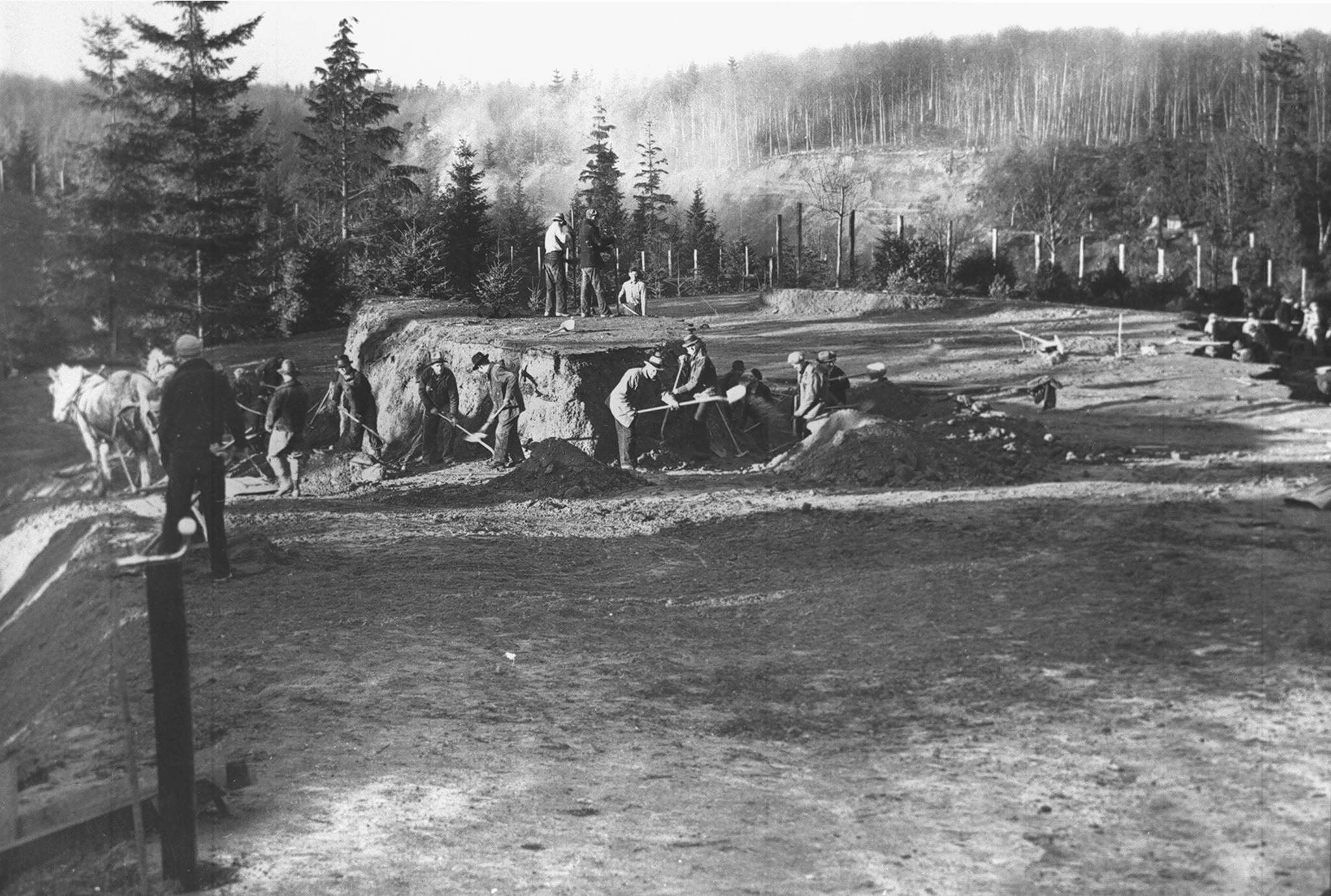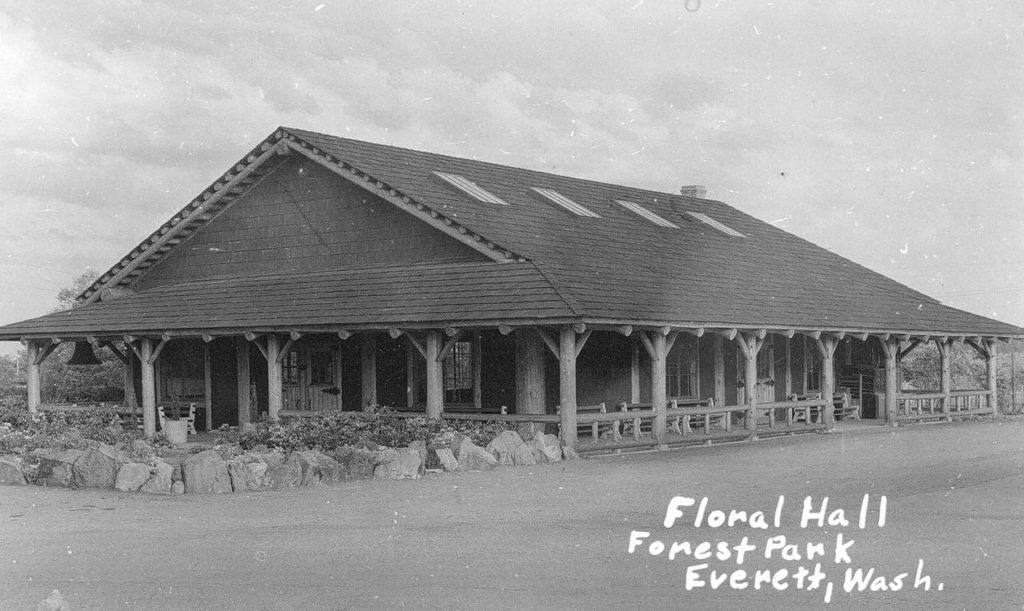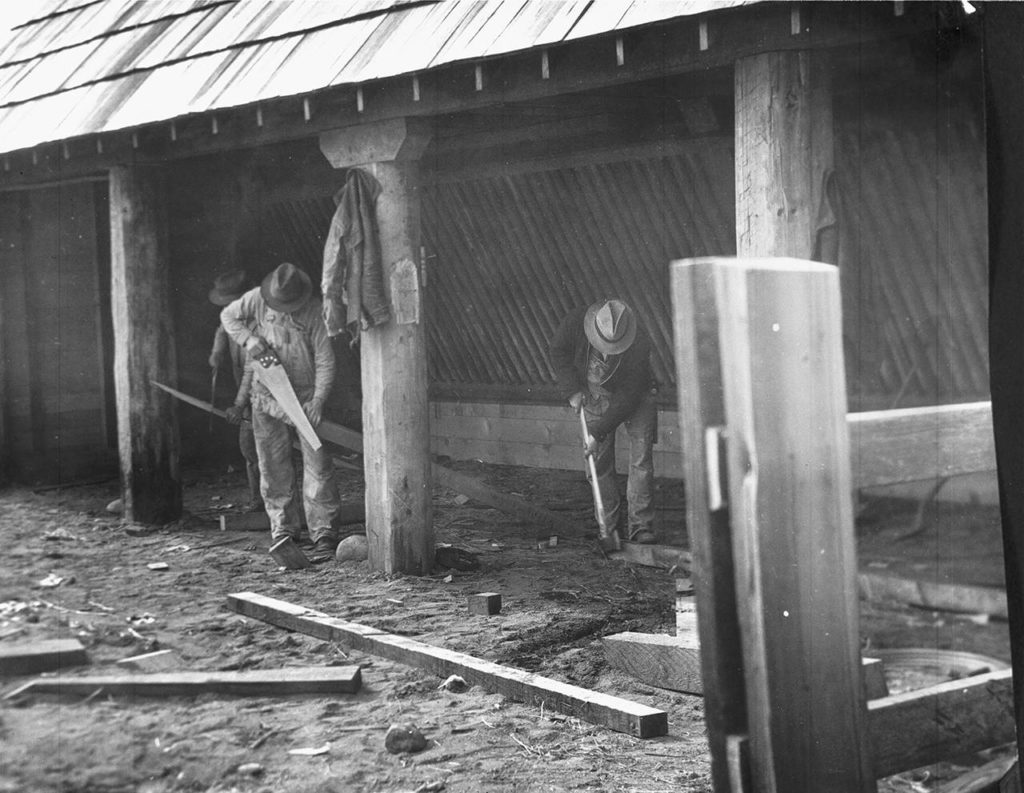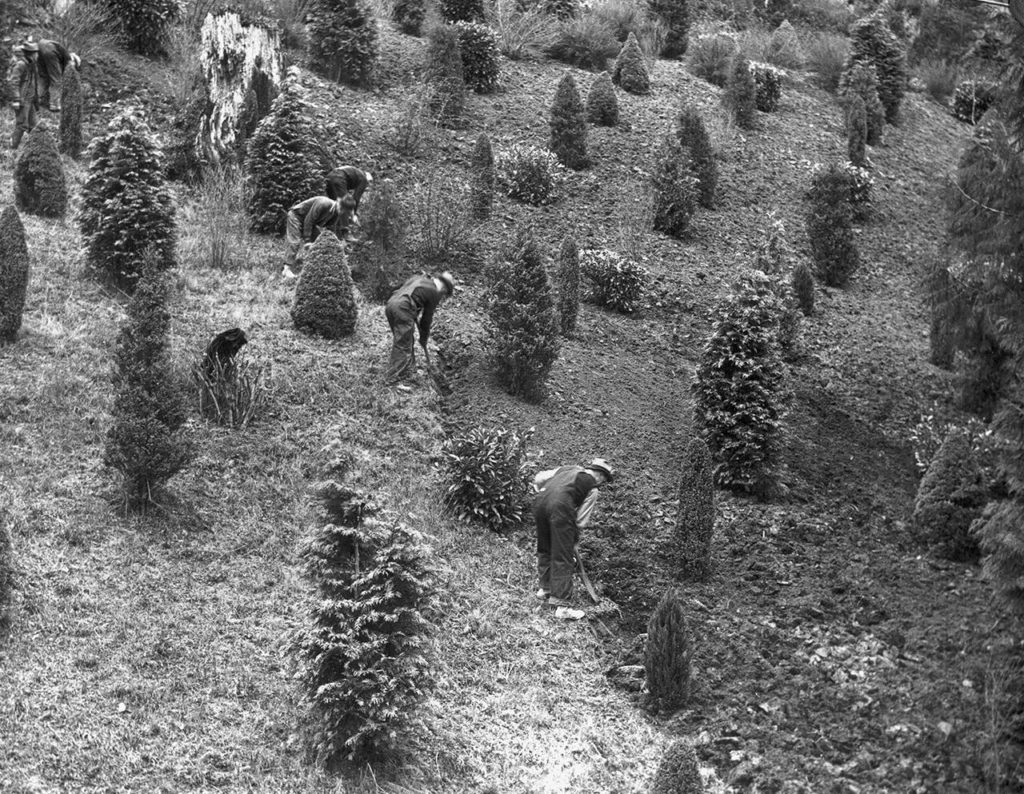In the wake of the Great Depression, federal money flowed into Washington to pay for public projects designed to put the able-bodied to work.
By 1941, the Works Progress Administration had funded 28,000 miles of road, 1,000 bridges, 26 libraries, 193 parks, 380 miles of sewers, 15,500 traffic signs, 90 stadiums, and 760 miles of water mains in the state, according to historians Paul Dorpat and Genevieve McCoy.
In Everett, city leaders sought funding from New Deal programs championed by President Franklin Roosevelt to help pay for everything from construction of the downtown public library and Paine Field to street and sewer improvements.
In 1938, receipt of $600,000 in government funding led to the Everett Parks Project, one of the largest endeavors of its kind in the state. It included the redesign of Forest Park, then on the southeast edge of the city.
At project’s end, Forest Park, by one account, was the most ambitious in the city park system.
The city purchased the first parcels of the park in 1894 and it remained undeveloped for years, used mostly for hunting, fishing and picnicking.
In those early years, the area was known as South Park or Swallwell Park, after the family who once owned the land, before being formally renamed in 1913, according to “The History of Everett Parks: A Century of Service and Vision,” published in 1989.
The 1930s WPA project transformed the park with a redesigned landscape that included terraced hillsides; pasture for deer, elk and bison; extensive winding trails; and several structures built in the rustic timber-and-log style popular in national parks.
Among them was Floral Hall, the centerpiece of the redesign, a one-story public exhibition space built on a wooded promontory overlooking the rest of the park. When completed in 1940, the hall was a home for Everett’s garden and flower clubs and served as a public meeting hall for social events.
Parts of the 1930s-era park redesign have been compromised over the decades.
Despite some additions and alterations, Floral Hall retains much of its original character and continues to serve as a popular venue for weddings and parties. In 1990, the building was added to the National Register of Historic Places.
Talk to us
> Give us your news tips.
> Send us a letter to the editor.
> More Herald contact information.





























